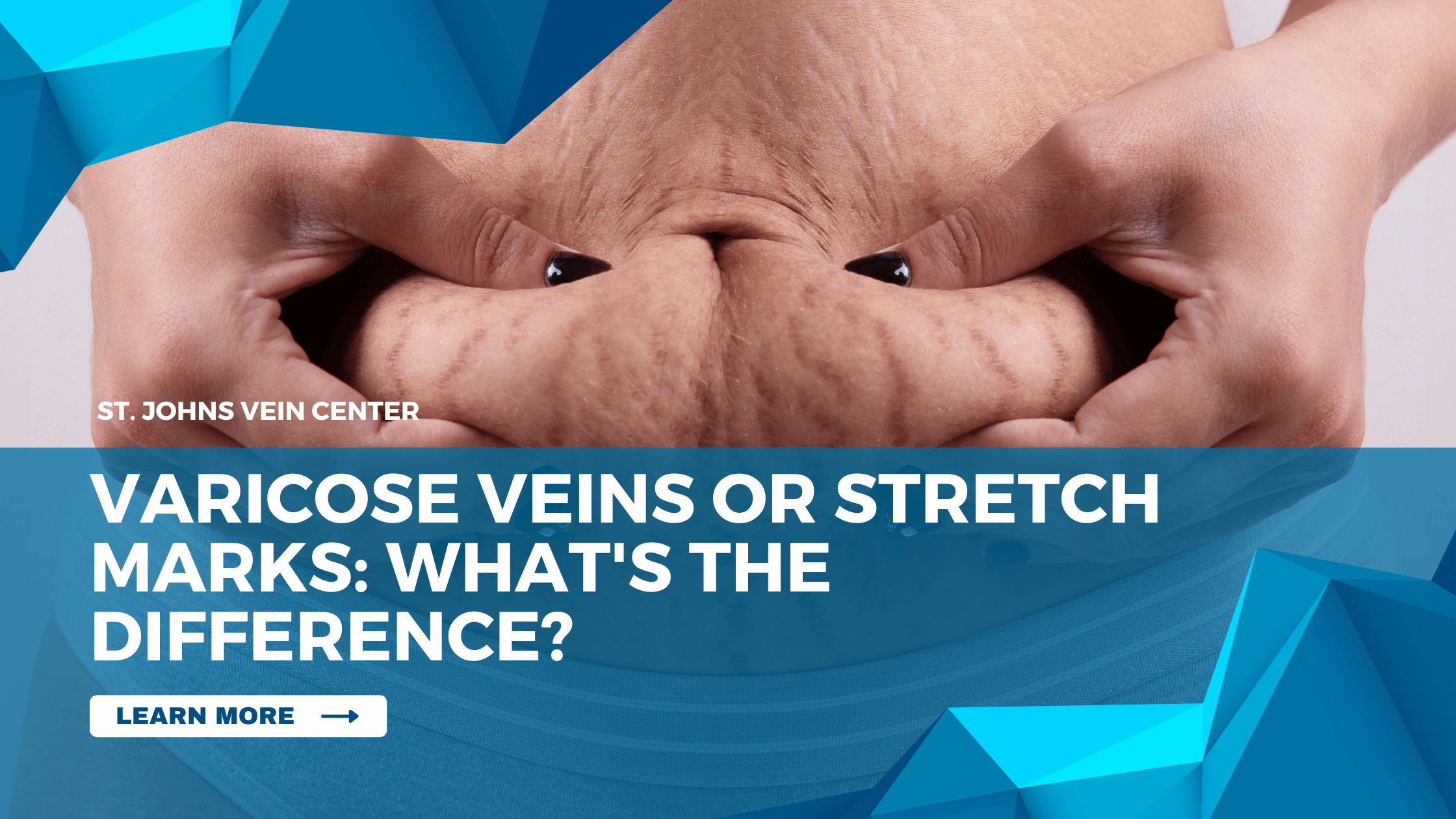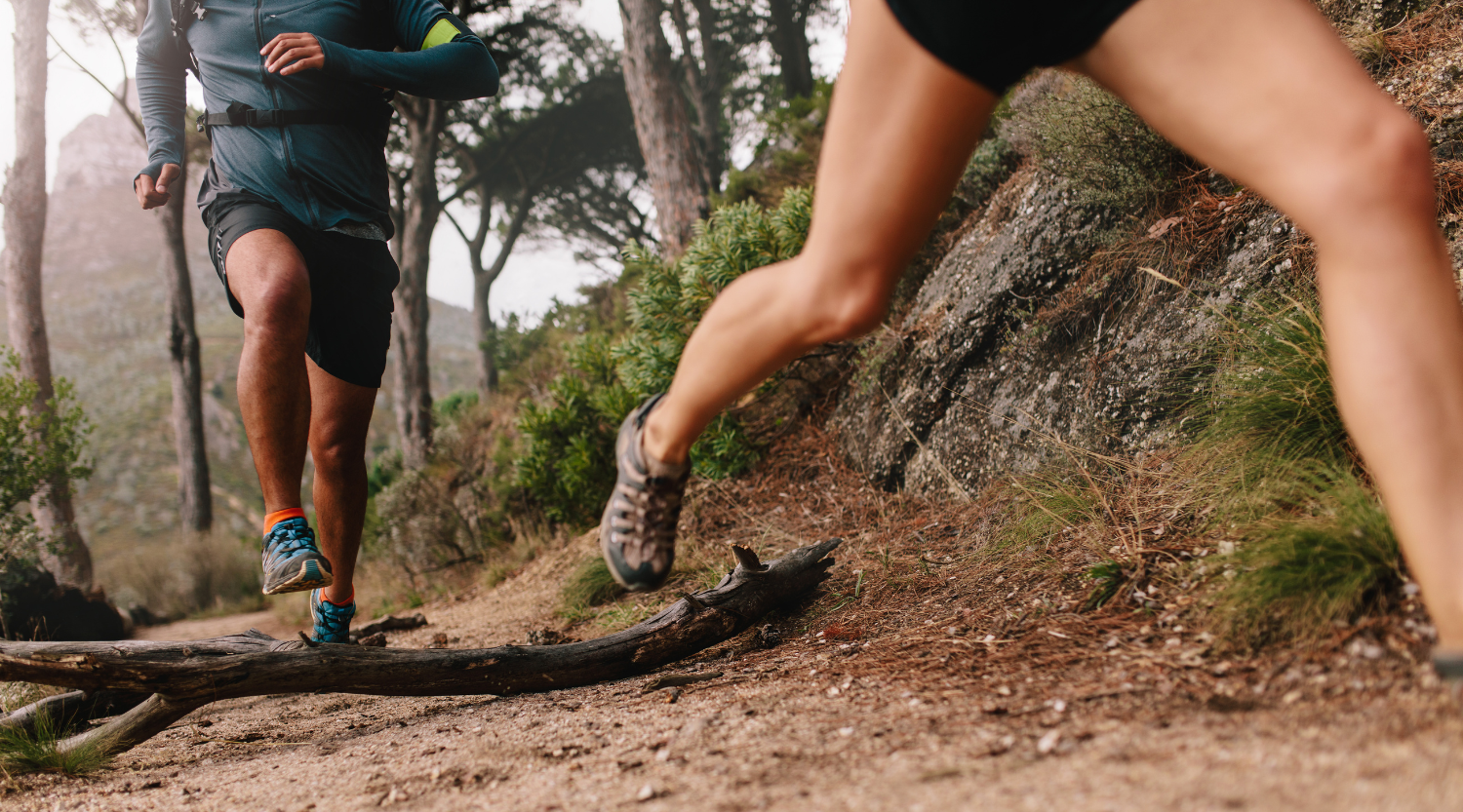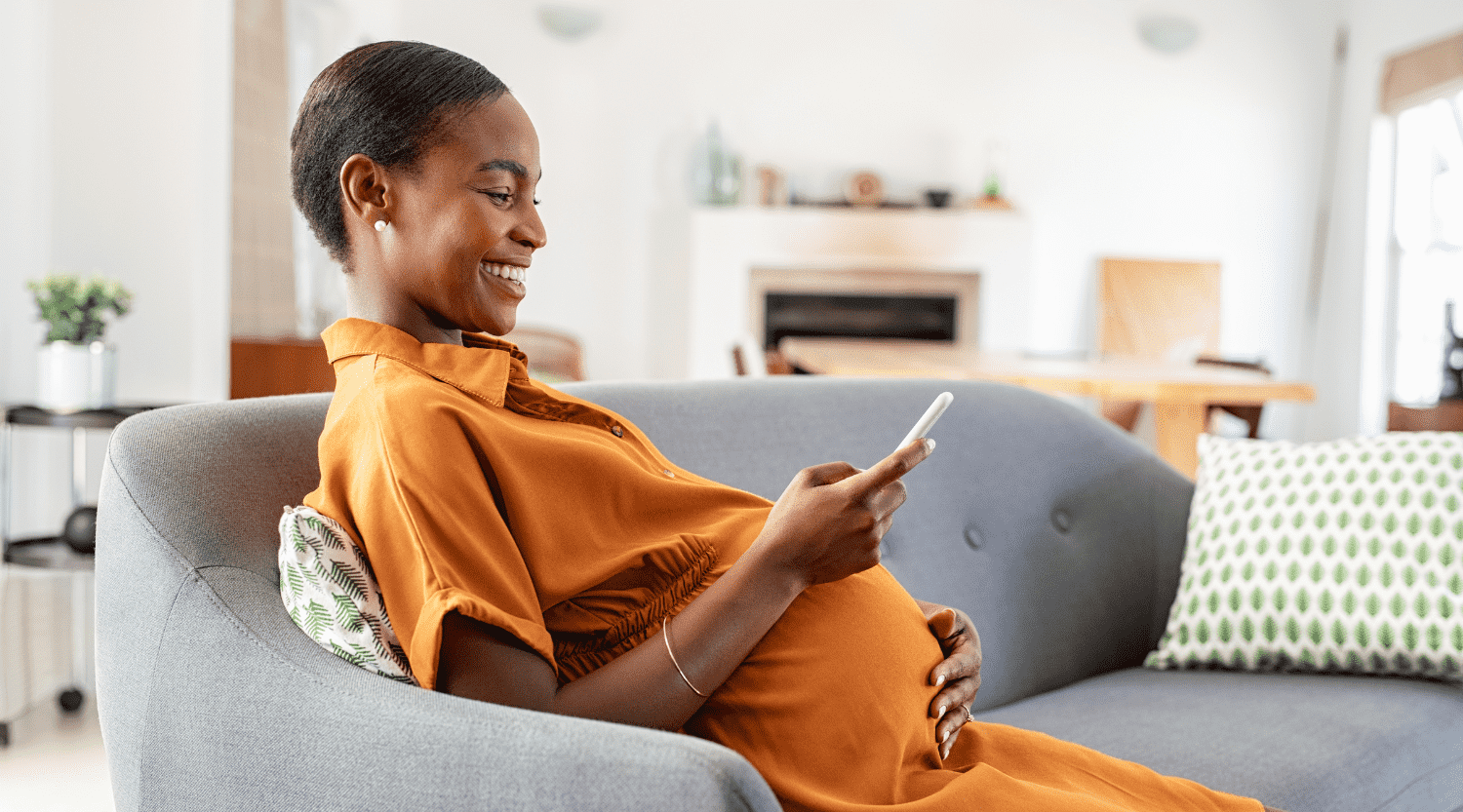Have you ever noticed dark, twisted lines on your legs or arms? Or maybe you’ve seen reddish-purple marks that seem to be near the surface of your skin? These are common signs of varicose veins or stretch marks and many people struggle to tell them apart. In this blog post, we’ll explain the difference between these two conditions and how to identify them so you can better understand what’s going on with your body.
Introduction
If you have ever seen bulging, bluish veins in your legs or on the surface of your skin, you may be wondering if you have varicose veins. Varicose veins are a common condition that affects both men and women. They are usually not painful, but can be unsightly and cause discomfort.
Stretch marks, on the other hand, are markings that occur when the skin is stretched beyond its elasticity. This can happen during pregnancy, puberty, or rapid weight gain. Stretch marks are also not painful, but can be noticeable and cause insecurity.
So, what’s the difference between varicose veins and stretch marks? Let’s take a closer look.
What Are Varicose Veins?
There are a few key differences between varicose veins and stretch marks. For one, varicose veins tend to be darker in color and more raised than stretch marks. They also usually appear on the legs, while stretch marks can occur anywhere on the body.
Varicose veins are caused by weakened valves in the veins that allow blood to pool. This can happen due to pregnancy, obesity, or standing for long periods of time. Stretch marks, on the other hand, are caused by the skin stretching too quickly (such as during pregnancy) and tearing the collagen fibers.
If you’re not sure which one you’re dealing with, it’s always best to consult with a doctor. But knowing the difference between varicose veins and stretch marks can help you better care for your skin!
What Are Stretch Marks?
Stretch marks are markings that commonly occur on the skin during periods of rapid growth or stretching. They typically appear as long, narrow streaks or lines in areas where the skin has been stretched beyond its normal limits.
Stretch marks can occur on any part of the body, but are most commonly found on the abdomen, breasts, hips, buttocks and thighs. They can also occur on the arms and legs. Stretch marks are usually pink, red or purple when they first appear. Over time, they may fade to a white or silver color.
Stretch marks are not harmful and do not cause any medical problems. However, some people may find them unsightly and may want to treat them for cosmetic reasons. There are a number of treatments available for stretch marks, including creams, gels and lasers.
Causes of Varicose Veins and Stretch Marks
There are many different factors that can contribute to the development of varicose veins and stretch marks. Some of the most common causes include:
-Pregnancy: The added weight and pressure on the abdomen during pregnancy can put a strain on the veins in the legs, leading to varicose veins. Stretch marks can also occur during pregnancy as the skin stretches and becomes thinner.
- Obesity: Carrying extra weight puts additional pressure on the veins in the legs, which can lead to varicose veins. Stretch marks may also occur in obese individuals as the skin stretches over larger areas of fat.
- Age: As we age, our skin becomes thinner and less elastic, which can cause both varicose veins and stretch marks.
- Sun damage: Exposure to ultraviolet rays can damage the skin and make it more susceptible to developing both varicose veins and stretch marks.
Symptoms
Varicose veins and stretch marks can both be unsightly, but they are actually quite different. Varicose veins are enlarged, twisted veins that can be painful and cause cramping, swelling, and other symptoms. Stretch marks are markings that occur when the skin is stretched too far, often during pregnancy or weight gain. While varicose veins can be a serious medical condition, stretch marks are generally harmless.
Treatments
There are a few different treatments for varicose veins and stretch marks. Sclerotherapy is a common treatment for varicose veins. It involves injecting a solution into the vein, which causes it to collapse and disappear. Laser therapy is another option that can be used to destroy the vein.
Stretch marks can be treated with a variety of different creams and lotions. Some people also find that laser therapy can help to reduce the appearance of stretch marks.
Prevention Tips
- Avoid standing or sitting for long periods of time. If you must stand or sit for extended periods, take frequent breaks to move around and stretch your legs.
- Exercise regularly. This helps to improve circulation and prevent the pooling of blood in your legs.
- Wear supportive clothing and footwear. This helps to reduce the strain on your veins and prevents them from becoming enlarged.
- Maintain a healthy weight. Excess weight puts additional pressure on your veins and can contribute to the development of varicose veins.
- Eat a healthy diet with plenty of fruits, vegetables, and fiber. This helps to keep your digestive system moving smoothly, which in turn helps to reduce the risk of constipation (a common cause of varicose veins).
Conclusion
Varicose veins and stretch marks are two common skin conditions that can cause a lot of confusion. While it is important to understand the difference between these two conditions, it is also essential to remember that both are treatable. With the right care and treatments, you can get relief from these conditions in no time. So if you’re struggling with either varicose veins or stretch marks, don’t hesitate to talk to your doctor about treatment options available so you can start feeling better soon!




